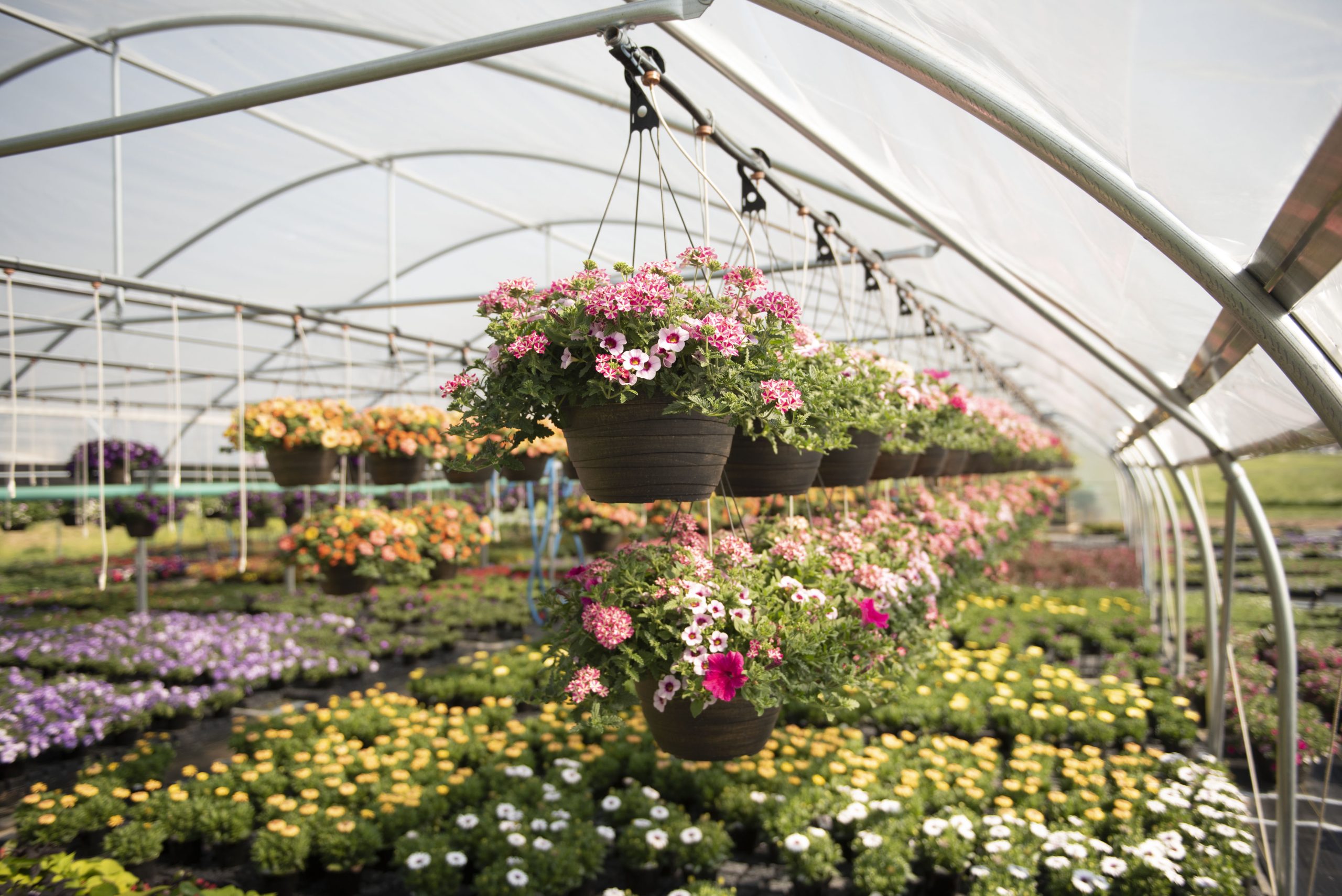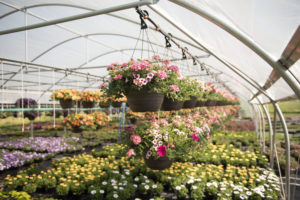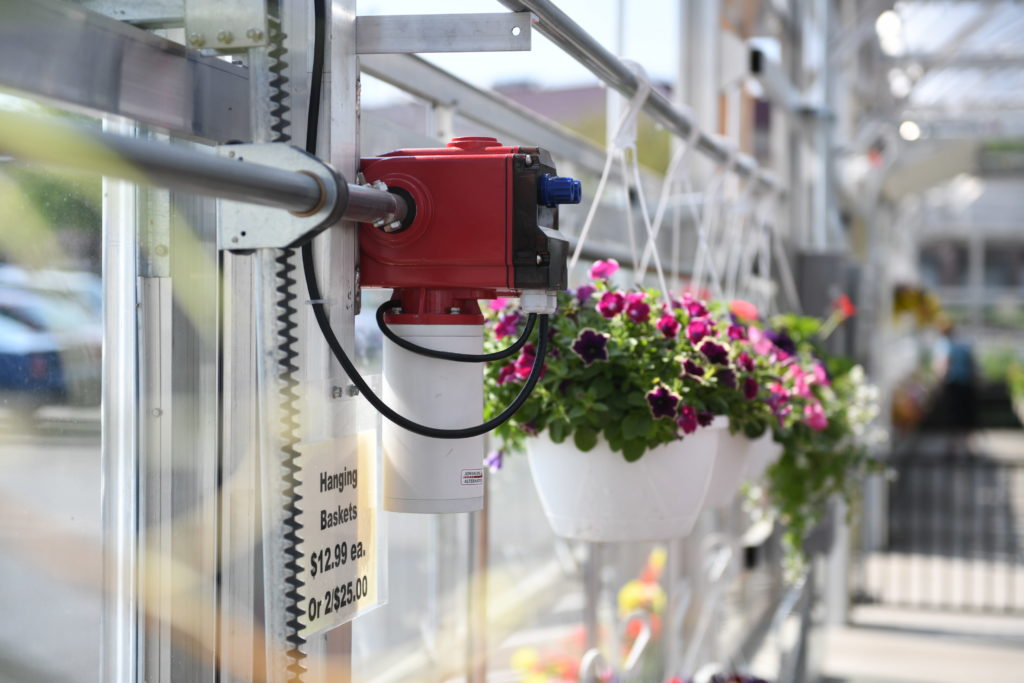Automated Crop Production: High Yield, Efficient Labor, & Minimal Energy

 We live in a world where you can speak to anyone in seconds, send a written message across the country electronically at the click of a button, and quickly search for the answer to virtually any question on a smartphone. Technology has given us the ability to control different aspects of our lives in a simple, time-efficient way. Why not apply that same concept to a greenhouse? Thanks to automated crop production, your greenhouse growing operation can thrive.
We live in a world where you can speak to anyone in seconds, send a written message across the country electronically at the click of a button, and quickly search for the answer to virtually any question on a smartphone. Technology has given us the ability to control different aspects of our lives in a simple, time-efficient way. Why not apply that same concept to a greenhouse? Thanks to automated crop production, your greenhouse growing operation can thrive.
What is Automated Crop Production?
Automated crop production, also known as greenhouse automation, refers to equipment and technology working simultaneously to simplify greenhouse procedures and encourage consistent plant growth.
Automated crop production systems:
- Create and maintain an ideal environment within greenhouses
- Promote healthier crops
- Reduce manual labor and minimize heavy lifting
- Keep energy costs low
Automated Crop Production Components
For full automation, greenhouses can be outfitted with the following components:
Low Voltage Motors (LVMs) — These motors can be installed to mechanically roll up greenhouse side walls, allowing your crops to be exposed to fresh air. Fresh air exposure strengthens plant cell walls for healthier growth.
110 VAC – 24 VDC Power Sources — Interface boxes allow you to power LVMs with a controller or add additional ventilation to an environmental controller. As an alternative, manual control switches can be used for quick installation without complicated wiring.
Climate Controllers — Controllers have the ability to be programmed for your growing needs. Need to maintain a specific internal temperature and humidity percentage? Controllers will work in tandem with input sensors to turn fans and heaters on and off and trigger LVMs for natural ventilation.
Input Sensors — The most common input sensors read internal greenhouse temperatures and/or humidity percentages. Rain sensors communicate with climate controllers to close vents when weather occurs, and open them again as soon as weather clears. Wind sensors can also be added to help protect greenhouse sidewalls and keep the structure stable.
Benefits of Automated Crop Production
While there are many benefits to automated crop production in greenhouses, some of the most advantageous outcomes revolve around high crop yields, increased labor efficiency, and low energy requirements.

High Crop Yield
For most growers, having a high crop yield equals more profit. Luckily, large yields can be achieved with automation. Since LVMs, climate controllers, and input sensors work to maintain an ideal growing environment, plants have less chance of habituating pests, developing diseases, and dying.
When using the light deprivation (light dep) growing technique, timed controllers accurately keep track of the amount of time crops are exposed to light and complete darkness. With the right calculations, automated light dep systems accelerate plant growth and extend growing seasons, contributing to increased profits.
Increased Labor Efficiency
According to a 2008 report published by HortTechnology, automation doesn’t necessarily reduce the need for labor, but it does make the necessary labor more efficient. Research suggests that automated crop production allows greenhouse owners to hire workers with minimal experience or industry skills. The workers don’t need to meet the same advanced qualifications as before since the heavy lifting and time-sensitive maintenance tasks are being taken care of by technology.
Thanks to automation, greenhouse owners can afford to increase worker wages and provide benefits to retain more workers over time. As a business, decreasing worker turn-over and increasing employee happiness is vital for long-term success.
Low Energy Requirements
The low voltage motors used for natural ventilation consume little energy which keeps energy costs low. They come in a range of configurations to meet the needs of different greenhouses.
To further reduce energy costs, solar panels and controllers can be used. They source the required energy for operation from sunlight, making them an energy-efficient and budget-friendly solution.